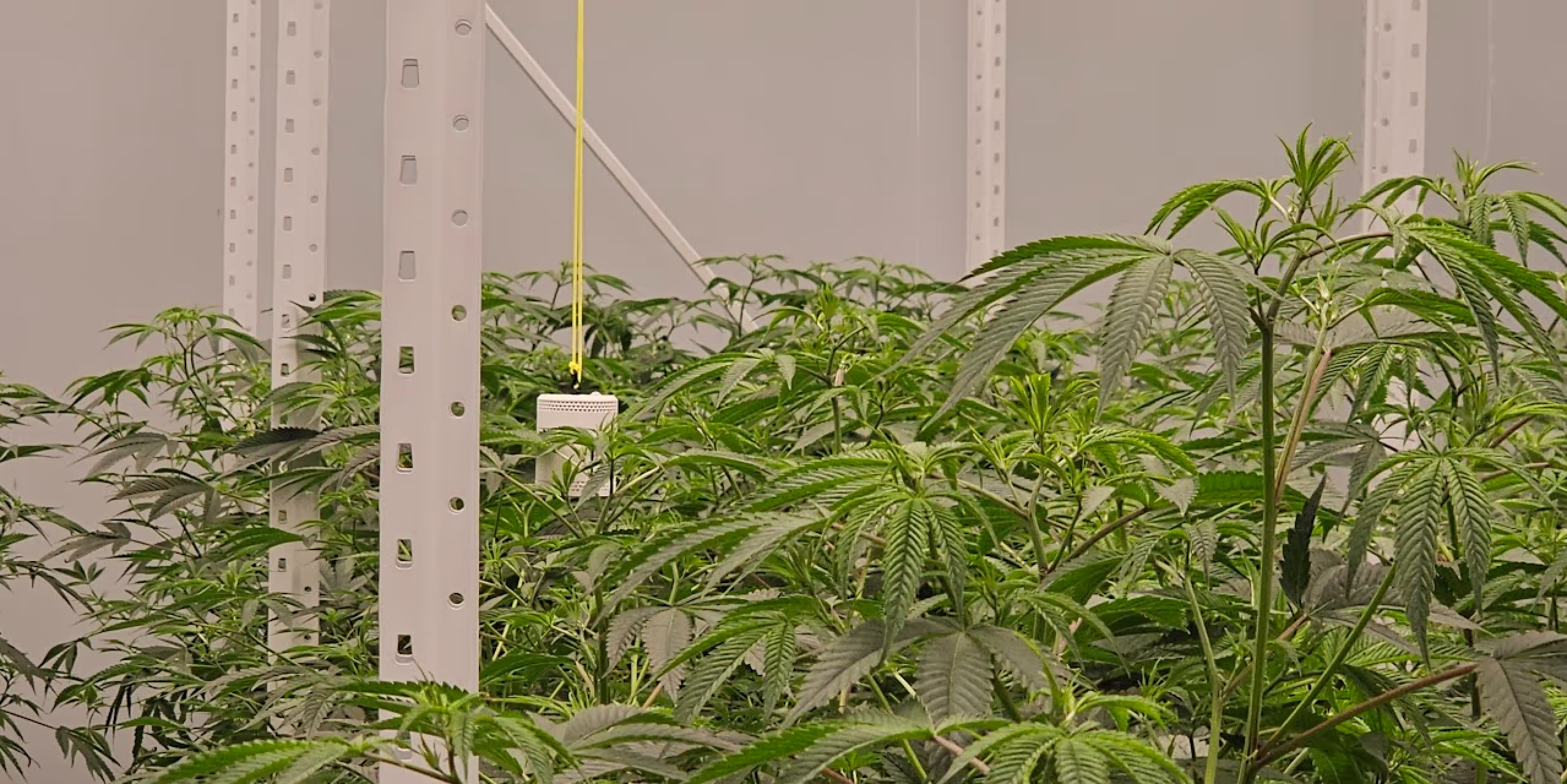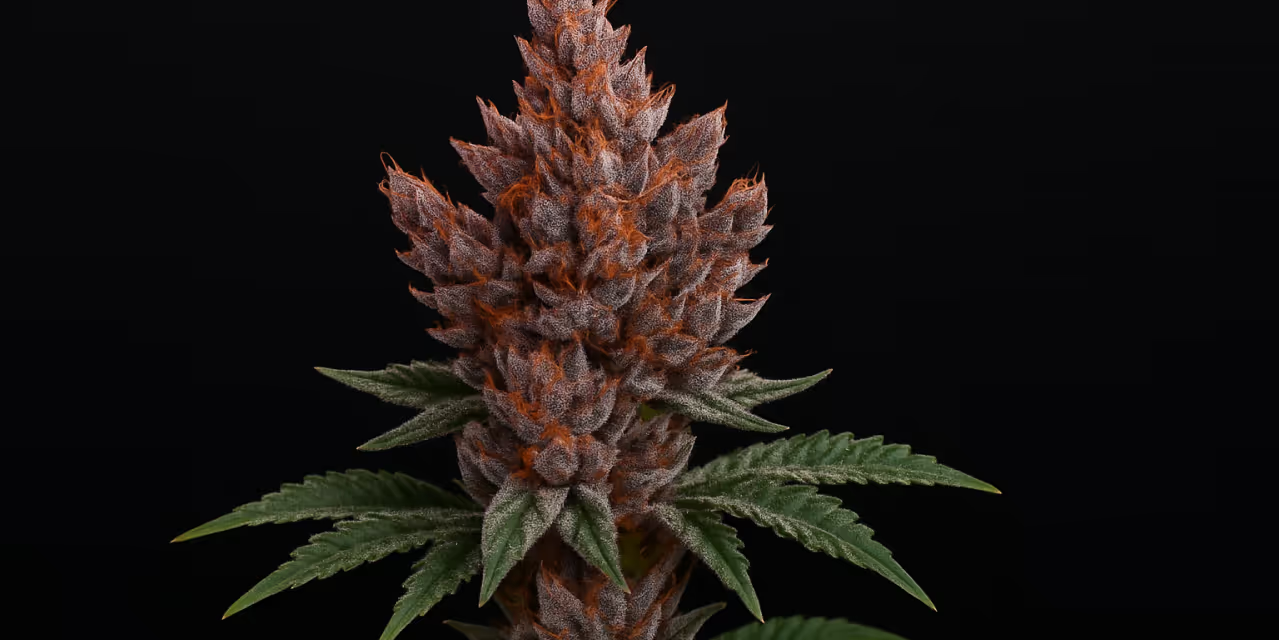2024 guide: Autoflower vs photoperiod cannabis plants


Choosing between autoflower and photoperiod cannabis plants can make or break your entire grow.
This guide reveals crucial insights that will optimise your yield and streamline your growing process.
Ignoring the distinct needs of these plant types could lead to disappointing harvests and wasted efforts.
We'll delve into their genetic makeup, growth cycles, and the pros and cons of each, providing you with actionable advice tailored to your growing ambitions.
Whether you're a beginner grower or a seasoned pro, understanding these differences ensures your grow room thrives.
Disclaimer: Any information given on this site is for educational purposes only. Please ensure if you’re growing cannabis, you’re doing so in accordance with the law and subject to appropriate permissions and licenses of the applicable country.
Understanding the basics
Cannabis is an annual plant. This means that it grows from a seed and then matures and dies over the course of a single season.
Before we delve into the specifics, let's clarify some essential terms.
Autoflower vs photoperiod refers to the two main types of cannabis plants classified based on their flowering cycles.
Autoflowering cannabis plants
Autos flower automatically after a certain period, regardless of the light cycle, and typically incorporate autoflowering genetics from Cannabis ruderalis, a species known for its auto-flowering trait.
Photoperiod strains
In contrast, photoperiod plants require specific light schedules to trigger flowering. They typically shift from an 18-hour light per day and 6-hour dark schedule to a 12-hour/12 schedule to initiate the flowering stage.
Key differences in growth cycles
The growth cycle is what primarily sets autoflower and photoperiods apart.
Autoflowering plants transition from the vegetative stage to the flowering stage as they age, independent of light changes. This makes them particularly appealing if you're looking for a straightforward grow with a predictable timeline.
On the other hand, photoperiod plants depend heavily on a change in the light cycle to shift from vegetative growth to flowering.
This requirement allows for better control over the growth process, enabling techniques like "light deprivation" or "extended vegetative phases" for larger plants and potentially bigger yields.
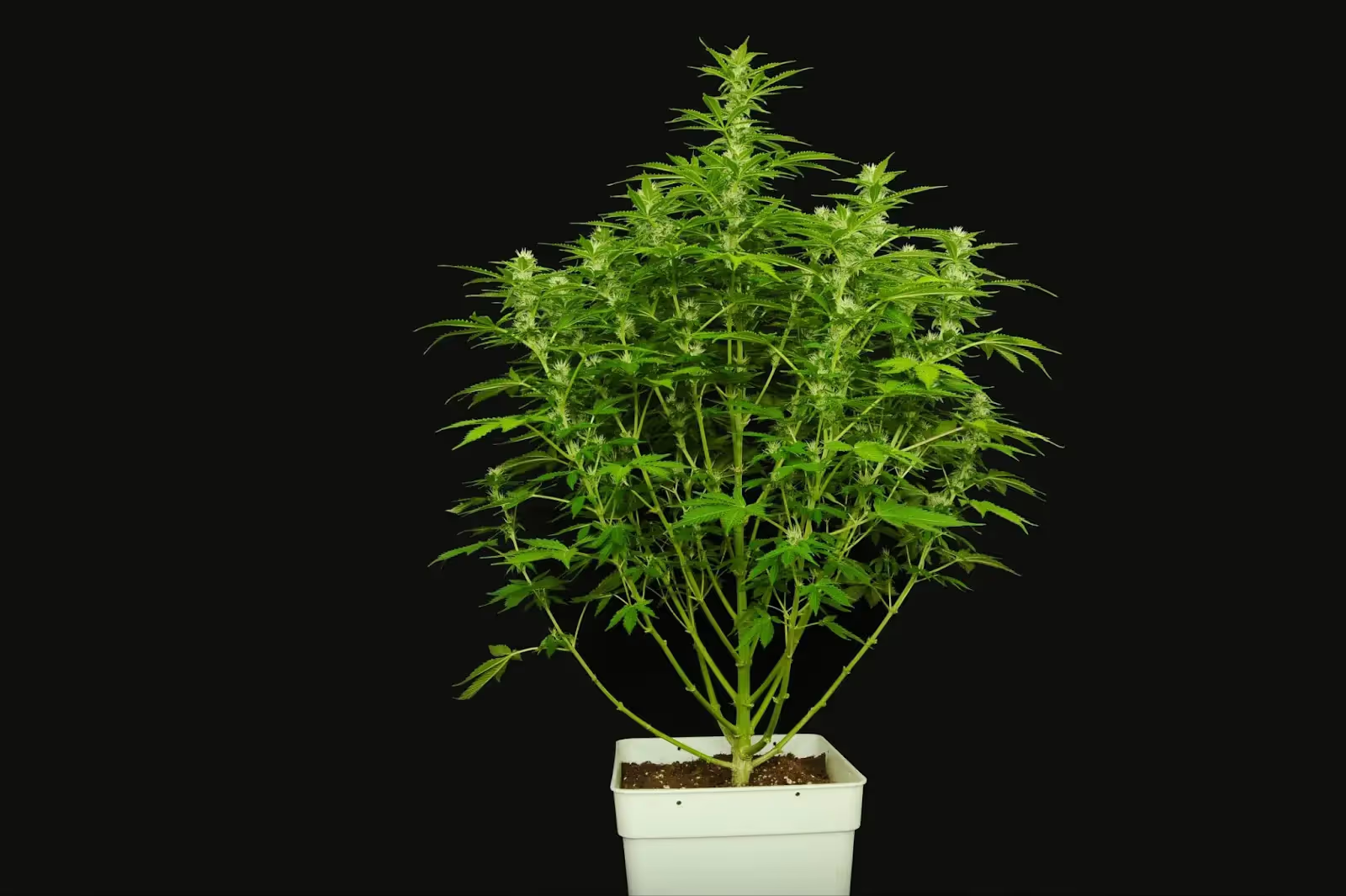
Characteristics of autoflowering cannabis
Genetics and development
Autoflowering cannabis strains are distinct in their genetic composition, primarily influenced by Cannabis ruderalis.
Unlike their photoperiod counterparts, autoflowering plants are not dependent on changes in the hours of light per day to start flowering.
This characteristic comes from the ruderalis species, which evolved in northern regions with long days in summer.
These plants automatically enter the flowering phase based on age, usually within 2 to 4 weeks of germination.
The autoflowering trait has been selectively bred into many popular strains, allowing them to flourish where light conditions are less than ideal for traditional photoperiod strains.
Pros and cons of autoflowers
Pros:
- Simplified cultivation: Autoflowering strains are often heralded for their ease of growing. They eliminate the need to manipulate light cycles to begin the flowering period, making them ideal for beginners or those looking for a low-maintenance crop.
- Faster harvests: Due to their quick lifecycle and shorter flowering time, autoflowers can be harvested several times over in the amount of time it takes a photoperiod strain to complete one cycle, offering multiple yields per season.
- Resilience: These plants are generally more robust and resistant to environmental fluctuations, suitable for less controlled environments.
Cons:
- Smaller size and yield: Autoflowering strains typically grow small plants, which may result in lower yield per plant compared to photoperiod strains. (Although littler plants may mean you can fit more plants in your grow space.)
- No cloning: Auto strains cannot be cloned effectively; each plant must be grown from seeds, meaning you cannot replicate a particularly successful plant exactly.
- Less potency: Traditionally, autoflowers were considered less potent than photoperiod strains, though advances in breeding have begun to close this gap.
Understanding these characteristics will help you determine if autoflowers align with your growing goals, especially if you value ease and speed over larger, potentially more potent yields.
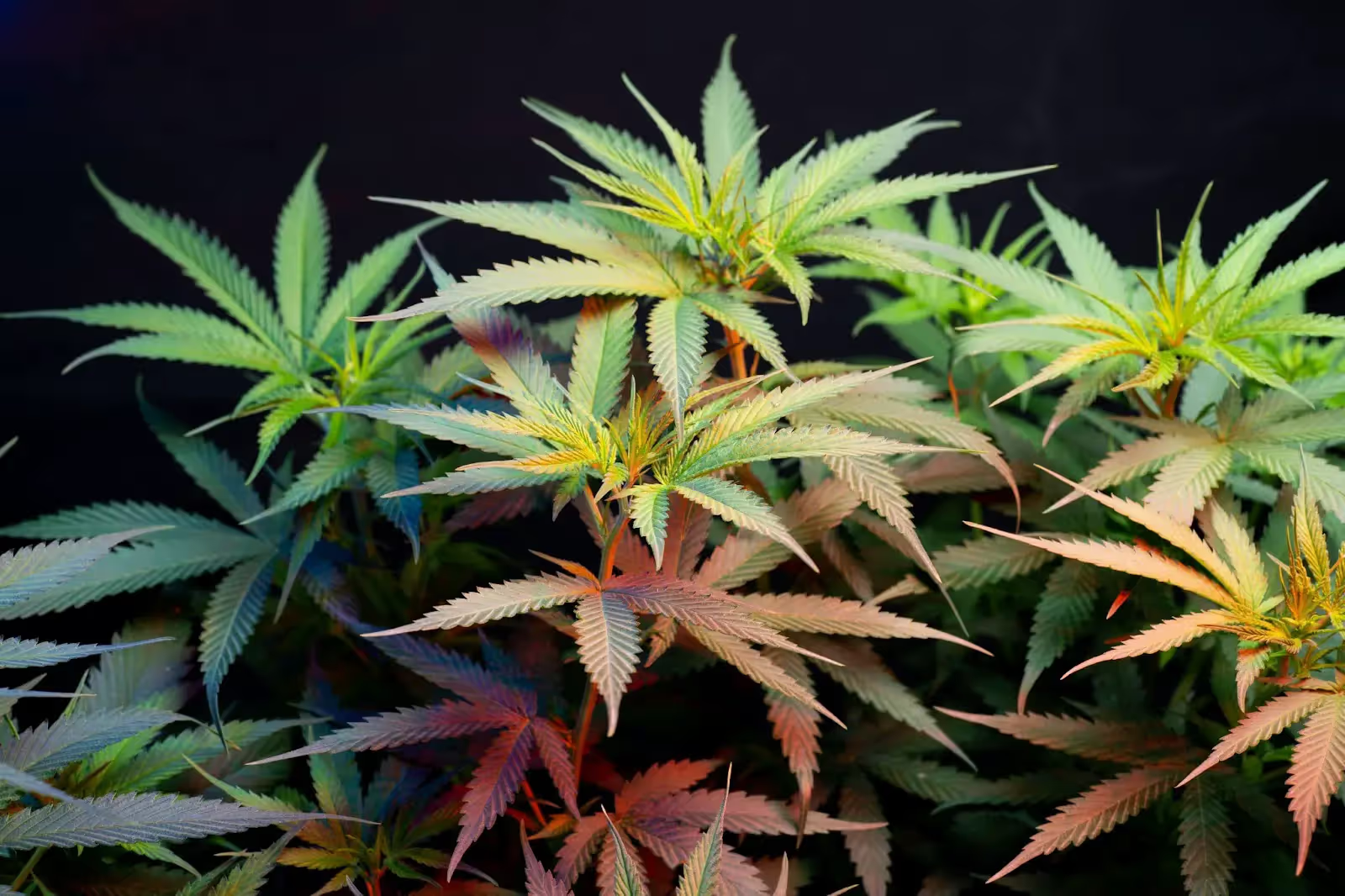
Characteristics of photoperiod cannabis strains
Growth requirements
Photoperiod cannabis is the traditional choice for many growers due to their dependence on specific light schedules to trigger flowering.
This requirement for a change in hours of light, typically from an 18-hour light to a 12-hour dark schedule, offers growers enhanced control over the growth process.
Such control can maximise yields and produce more potent buds by extending the vegetative phase or timing the flowering phase as needed.
This adaptability makes photoperiod plants ideal for growers looking to implement advanced cultivation techniques like light deprivation or "scrogging" (Screen of Green).
Pros and cons of photoperiod strains
Pros:
- Improved yields and potency: With the ability to extend vegetative growth, a photoperiod plant can become larger and more robust, often resulting in a higher yield and greater THC levels than autoflowering varieties.
- Cloning capability: One of the most significant advantages of a photoperiod plant is the ability to take clones. This allows growers to replicate their most successful plants without the need for seeds, ensuring genetic consistency across harvests.
- Greater strain variety: The majority of cannabis strains available are photoperiod strains, offering a wider variety of flavours, potencies, and effects.
Cons:
- Complex light requirements: Managing the light schedule for a photoperiod plant can be challenging, especially for beginners. Mistakes in light management can lead to stress and even cause plants to revert from flowering back to the vegetative state.
- Longer growth cycle: Photoperiod strains typically take longer to reach harvest than autoflowers. This longer cycle requires more patience and resources, which can be a drawback for those looking to turn around quick harvests.
- Increased resource needs: These plants generally require more intensive care, including nutrients, water, and careful monitoring of environmental conditions.
Unlock premium growing secrets – join the Grow The Best newsletter!

Photoperiod vs autoflowering - which to choose
When choosing autoflower vs photoperiod cannabis plants, understanding their specific advantages and how they fit into your growing strategy is essential. This comparison will help you weigh the practical implications of each type in relation to your growing needs.
Speed and ease of growing
Autoflowers are celebrated for their simplicity and speed. They require no changes in hours of light to trigger flowering, which occurs automatically a few weeks after germination.
This makes autoflowers an ideal choice if you prefer a straightforward cultivation process or need quick turnaround times for multiple harvests within a year. Moreover, their resilience to environmental fluctuations makes them easier to manage, especially for less experienced growers.
Growing photoperiod plants, on the other hand, offers more control over the growth cycle. This control allows you to manipulate the plant's environment to optimise its growth, potentially leading to higher yields and more potent buds.
However, they require more attention to detail, especially in managing light cycles, which can be more demanding and less forgiving than autoflowers.

Yield and quality considerations
While autoflowers often produce smaller plants and, consequently, smaller yields per plant, advances in breeding have significantly improved their potency and yield capabilities.
Autoflowers are particularly advantageous for those who lack the space for larger plants or for those who grow outdoors in regions with shorter growing seasons, as they can be harvested before the onset of harsher conditions.
Photoperiod plants typically yield more per harvest due to their larger size and the ability to extend the vegetative growth phase.
The ability to clone allows for the preservation of superior genetics, ensuring consistent quality across harvests. This is a crucial factor if maximising yield and cannabinoid content is a priority and you have the environment to control their more complex needs.
Flexibility and customisation
Autoflowers offer less flexibility since their genetics predetermine much of their lifecycle and behaviour. This is beneficial for maintaining a predictable growing cycle but limits the ability to influence growth patterns and outcomes.
Photoperiod plants provide significant flexibility, allowing you to tailor the growing environment and techniques to specific strains or desired outcomes.
This adaptability is ideal for experimental growers who enjoy refining their cultivation methods for better yields and quality.
So, the choice between autoflower and photoperiod cannabis depends largely on your specific growing conditions, experience level, and goals.
Autoflowers might be the best choice for simplicity and speed, while photoperiod plants are better suited for growers looking to maximise control and yield.
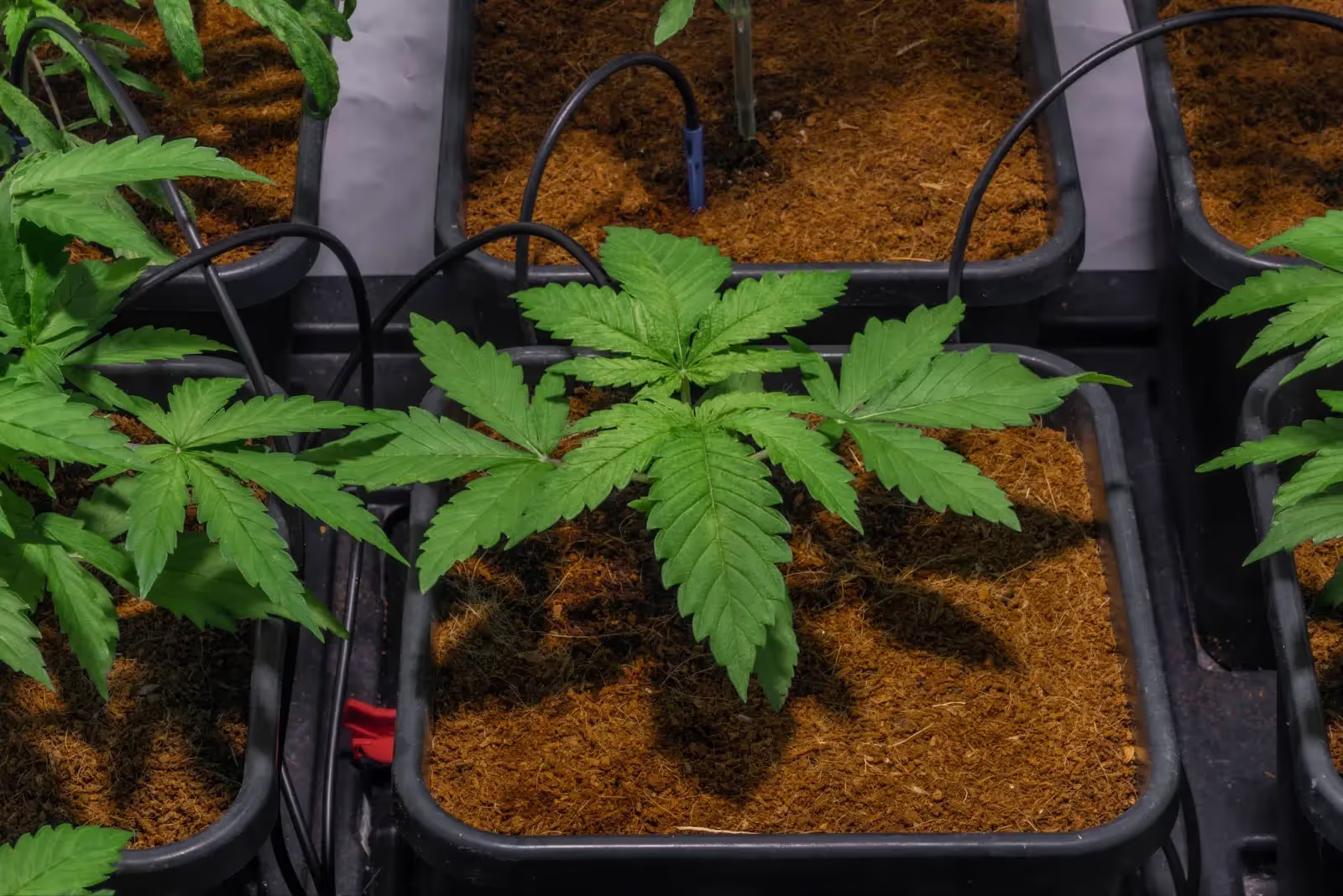
Situational suitability
Choosing autoflower vs photoperiod cannabis plants often depends on your specific circumstances and goals. Depending on your growing situation, each type offers distinct benefits that might be more or less relevant.
Best for beginners
If you’re just starting out in cannabis cultivation, autoflowers are typically the recommended choice.
Their straightforward growing requirements, such as not needing adjustments to the light cycle, make them less intimidating and easier to manage.
Autoflowers are also less prone to issues related to light leaks or schedule errors, which are common stumbling blocks for new growers.
Their short lifecycle allows for rapid learning and quicker adjustments between grows, making them ideal for gaining experience without the long wait associated with photoperiod plants.
Best for experienced growers
For more experienced growers looking for a higher yield and potency, photoperiod plants are generally preferred.
You can control when the plant flowers, allowing for more precise cultivation techniques, such as extending the vegetative phase to increase plant size or manipulating the light schedule for better resin production. If you want to learn more about advanced cultivation techniques, sign up to the Grow The Best newsletter now!
Photoperiod plants also allow for cloning, meaning you can replicate your best-performing plants without the need for new seeds each time. This is a significant advantage for maintaining quality and consistency.
Best for specific climates
Autoflowers are particularly advantageous in regions with short summers or less predictable sunlight patterns.
Since they flower independently of light conditions, they can complete their lifecycle before the onset of poor weather conditions. This is crucial in areas prone to early frosts or reduced daylight hours towards the end of the growing season.
On the flip side, photoperiod plants are well-suited for areas with long growing seasons, where the natural light cycle supports their growth requirements. This allows for a larger plant and more potent harvests, making the most of the environmental conditions.
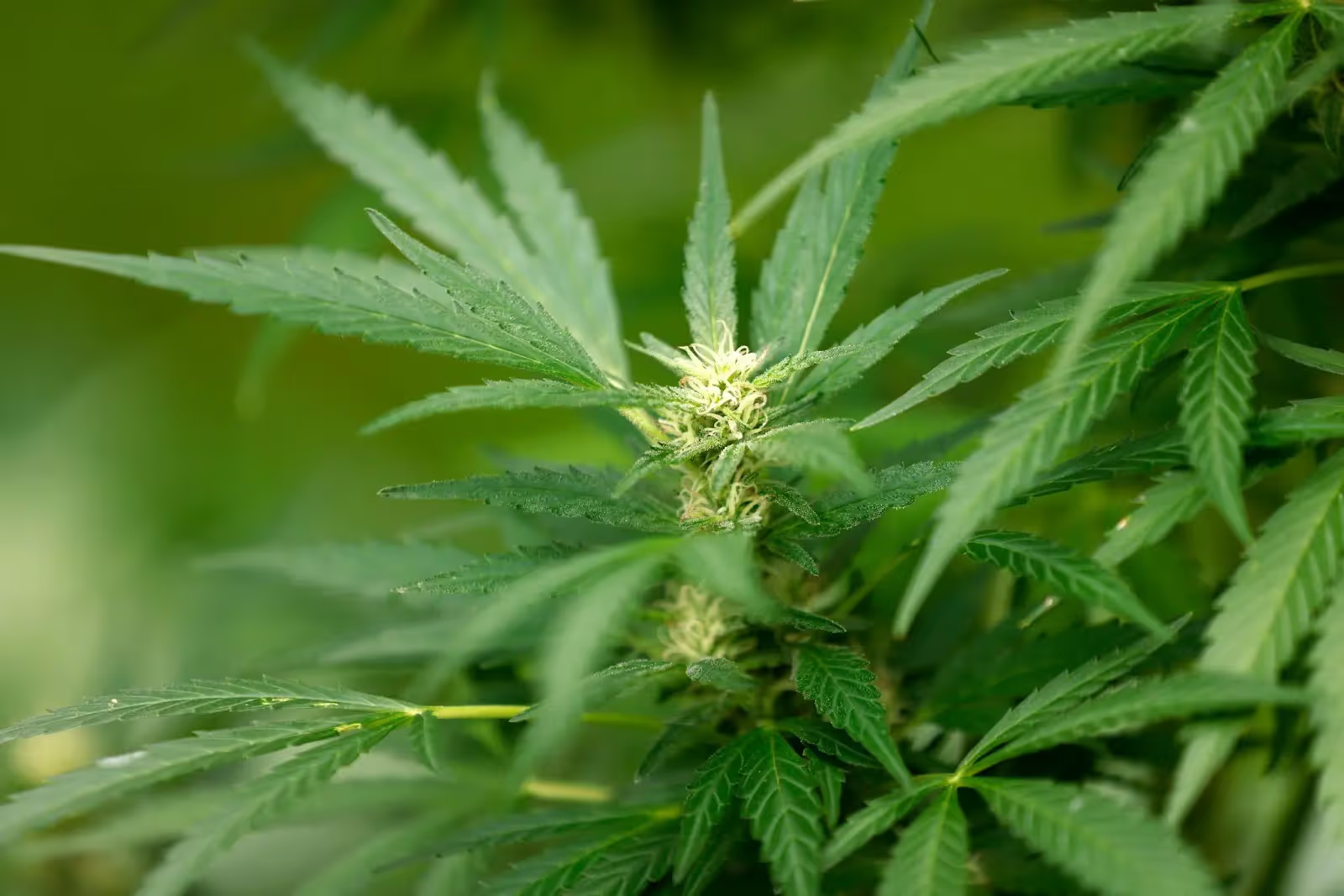
Flexibility in growing environments
Autoflowers are a great choice if you have limited space, such as small indoor areas or discreet outdoor locations. Their compact size and predictable growth period make them easy to manage in confined spaces.
Photoperiod plants, however, are ideal for more controlled environments where lighting and space are not limiting factors.
This allows you to fully exploit their growth potential, especially with techniques like ScrOG (Screen of Green) or SoG (Sea of Green), which are less effective with the smaller autoflower plants.
Each type of cannabis plant offers unique advantages that can be tailored to your needs as a grower, whether you are looking for ease and speed or customisation and high yields.
Tips for growing both types of cannabis
Whether you choose autoflower or photoperiod cannabis, specific strategies can help you optimise your growing success. Here are some practical tips tailored for both types of plants:

Indoor vs outdoor growing
Autoflowers: Ideal for both indoor growers and growing outdoors, autoflowers offer flexibility due to their independent flowering mechanism.
For outdoor growers, planting autoflowers allows for multiple harvests in a season as they aren't reliant on the length of daylight hours.
If you grow indoors, they can flourish under a constant light schedule, such as 18/6 (18 hours of light and 6 hours of darkness), throughout their entire life cycle.
Photoperiods: When grown outdoors, photoperiods thrive best when natural light conditions align with their critical photoperiod, usually during summer.
Indoors, you can manipulate your lighting to optimise both vegetative and flowering stages. For example, you often use an 18/6 schedule for vegetative growth and switch to 12/12 light/dark cycles to induce flowering.
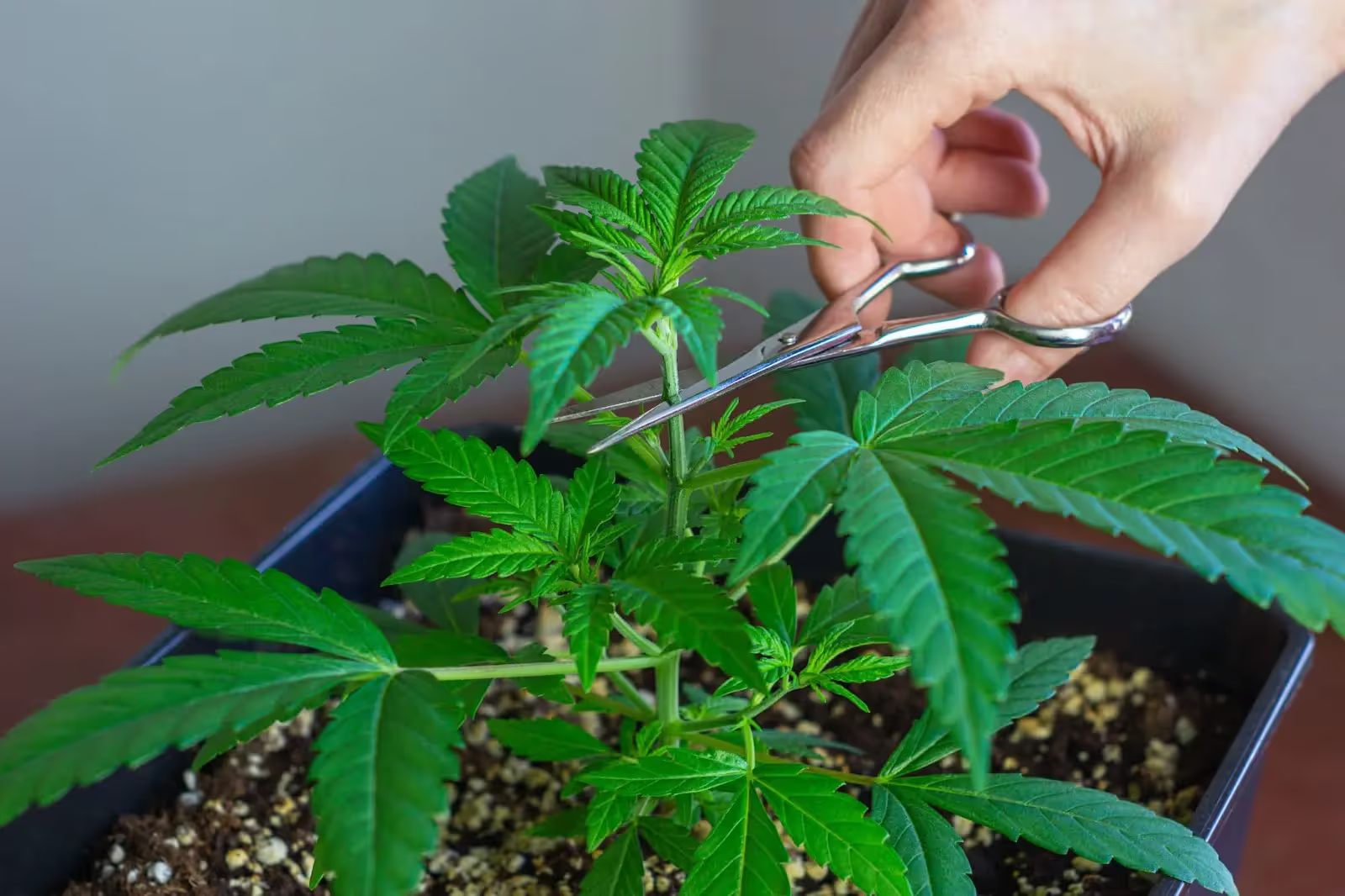
Advanced techniques
Autoflowers:
- Pot size and transplanting: Start autoflowers in their final containers to avoid transplant shock, which can severely impact their shorter lifecycle.
- Nutrient management: Autoflowers require less nutrients than photoperiod plants. Start with a more diluted nutrient mix and increase as needed based on plant response.
Photoperiod plants:
- Training techniques: Techniques such as topping, supercropping, and LST (Low Stress Training) can be highly effective. These methods help increase the canopy size and improve light penetration, leading to better yields.
- Cloning: You can clone your mother plant. Cloning not only saves money on seeds but also ensures the genetic consistency of your cannabis garden.
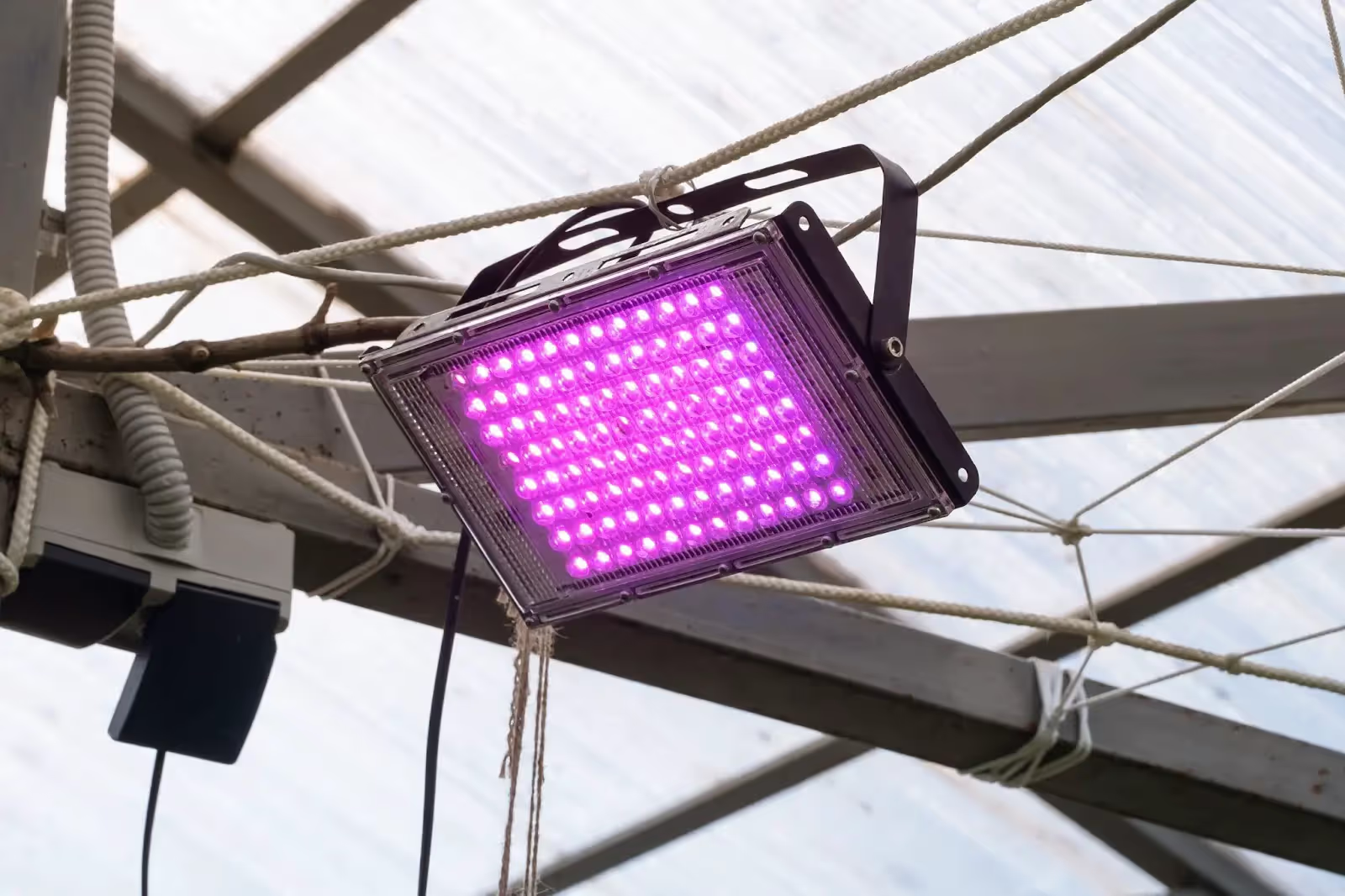
Lighting schedule
Autoflowers:
- They do not require changes in the lighting/dark schedules to induce flowering. This makes it easier to maintain a consistent light regimen ranging from 18/6 to 24/0, depending on your energy budget and growth goals.
Photoperiod plants:
- Precise control over the lighting is crucial. A common strategy is to use a vegetative schedule of 18/6 followed by a schedule of 12/12 to begin flowering and maximise flowering induction and bud production.
Environmental management
Both types of plants benefit from optimal environmental conditions. Find out more about grow room monitoring and its benefits here.
During the vegetative phase, maintain a consistent temperature and humidity level suitable for cannabis cultivation, generally around 22-28°C and up to 75% humidity.
If you’re supplementing with CO2, temperatures up to 31°C and humidity of up to 85% are a good guide.
Adjust as necessary during the flowering process to avoid mould and mildew.

Takeaways
Choosing between autoflower and photoperiod cannabis ultimately depends on your specific needs, experience level, and growing environment. Both photoperiod and autoflowering have their plus points.
Autoflowers offer simplicity and speed, making them ideal for beginners or those with limited space and unpredictable climates. They allow for multiple harvests within a single season and are less susceptible to environmental fluctuations.
On the other hand, photoperiod plants provide the flexibility and potential for higher yields that experienced growers might seek.
They cater to those who enjoy experimenting with cultivation techniques and can manage more complex light schedules.
The ability to clone photoperiod plants ensures consistency in your crop's genetic quality and allows for the ongoing cultivation of successful strains.
As you continue your journey in cannabis cultivation, remember that each type of plant has its unique set of characteristics that can be harnessed to maximise your growing success.
Consider what you value most in your cultivation experience - the ease of growth, control over the growing process, or the potential for large, potent yields.
By understanding the distinct advantages of each plant type, you can better align your growing practices with your goals, ensuring that your garden not only thrives but also brings you the satisfaction and results you desire.
Happy growing!
FAQs
Are autoflowers as potent as photoperiod varieties?
Autoflowers have traditionally been less potent than photoperiod strains, but recent selective breeding advancements have narrowed this gap.
Now, many modern autoflower strains can match the potency levels of most photoperiod strains, offering a viable option for growers who prioritise strength alongside ease of cultivation.
What are the disadvantages of autoflower seeds?
Autoflower seeds typically produce smaller plants with lower yields compared to photoperiod strains. They cannot be cloned, meaning each new plant must start from a seed, which can limit the consistency and continuation of specific plant genetics. Additionally, their rapid lifecycle leaves little room for recovery from stress or errors in cultivation.
Why are autoflowers better?
Autoflowers are better for several reasons: they have a shorter lifecycle, allowing for multiple harvests in a year; they don't require light cycle changes to start blooming, making them easier to grow for beginners; and they are generally more resilient to environmental fluctuations, ideal for less controlled or outdoor growing conditions.
Do commercial growers use autoflowers?
Yes, commercial growers use autoflowers, particularly for their quick turnover and ease of cultivation. These plants conserve space and resources by enabling multiple harvests within a single growing season. They are also useful in regions with less predictable climates, allowing for consistent production.
How can you tell the difference between photoperiod seeds and autoflowering seeds?
You can't visually distinguish between photoperiod seeds and autoflower seeds, as they look identical. The difference is determined by the plant's genetic traits, which are indicated by the seed supplier or breeder.
Always refer to the seed packaging or the supplier’s information to know whether you're dealing with photoperiod or autoflowering seeds.
Join the Grow The Best newsletter for top growing tips and tricks!









.avif)


